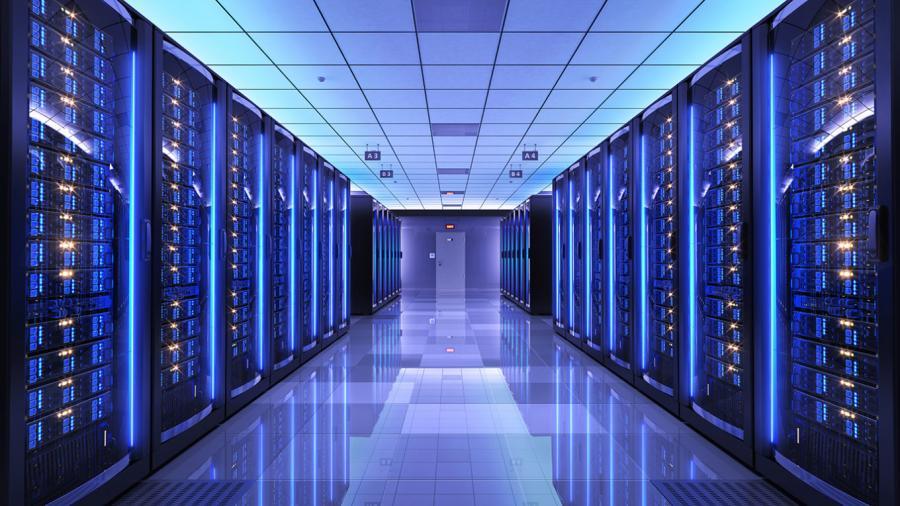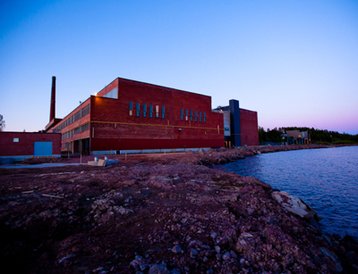The location of data centers

Every year the number of connected devices in the world is higher, and they estimate that in two years it could reach up to 50 billion. The higher the number of devices, the more data needs to be stored, and this has led to a growth in data centers.
Data centers take up a lot of space and tend to get bigger and bigger. But beyond the space they occupy, one of the big problems is energy consumption, which ends up translating into large CO₂ emissions.
Where does energy consumption come from?
The high energy consumption of data centers is given, on the one hand, to the consumption of servers, networks and storage, which makes up about 60%. On the other hand, refrigeration and lighting account for 40% of the remaining consumption.
To reduce the second percentage, many companies have chosen to locate their data centers in low temperature areas in order to cool the servers without consuming energy.
How large companies manage it?
Compared to 5 years ago, Google has managed to deliver about seven times more computing power, with the same amount of electricity. They themselves boast of being 100% sustainable in their 19 data centers. Most Google data centers are located in northern areas where cold predominates. For example, the Hamina center in Finland cools data centers thanks to seawater from the Bay of Finland to reduce energy consumption.

In June 2018, Microsoft launched the Natick project, which seeks to understand the benefits and difficulties of implementing underwater data centers around the world. In a first phase, they installed a module of data centers in the North Sea that works with renewable energy and cools with the cold temperature of the seabed. The benefits of having data centers at sea is that if they are located near the coast, the data does not have to travel long distances to reach all users. Microsoft in 2019 opened a data center in Sweden, which was the most advanced and sustainable created so far, where energy use sold 100% renewable energy and generated no waste.

The social network Facebook has, just 112 kilometers from the Arctic Circle, a large data center of 27,000 square meters. Freezing temperatures have allowed them to consume 40% less energy than in other data centers.
On the other hand, Apple claims that since 2014 all its data centers are powered by 100% renewable energy and that the electricity they have used in their facilities also comes from renewable sources.
In the case of Amazon, it has a long-term commitment to using 100% renewable energy. According to Amazon, companies that move to their cloud from their local infrastructure tend to reduce their carbon emissions by 88%.
Authors: Oriol Lalaguna and Jan Fité